Winterizing Your Landscape
The purpose of winter protection is to prevent excessive fluctuations in the temperature of plants and the earth surrounding them. Fluctuations in the temperature, which cause alternate freezing & thawing and the excessive loss of moisture, are the primary cause of winter injury in trees and shrubs.
Trees
Evergreens are prone to winter injury, burning or browning, due to excessive moisture loss through the winter. A winter protection plan involves wrapping the entire Evergreen with burlap.
To protect the tender bark of a young tree, use tree wrap around the tree trunk to prevent the drying effects of the sun or nibbling critters. Take a couple snug turns around the base of the trunk and spiral upward, overlapping layers by an inch so that rain will runoff. Wrap the trunk as far as the crotch of the first branch. Secure the tree wrap to the tree with duct tape. Remove the tree wrap in early spring.
Shrubs
Most deciduous shrubs do not need extra winter protection. However, since September is traditionally a very dry month, water thoroughly so they go into winter with good ground moisture.
Perennials
Established perennials in our zone need good ground moisture. Newly planted perennials will benefit from mulch over their base that should be applied after the ground is frozen. The mulch will protect the ground from the freeze-thaw cycle in the spring that pushes new tender roots out of the ground and sometimes breaks them.
Lawn
Early fall is the best time to improve your lawn for the next year. Lawn work done now should pay off with a healthier, thicker, less weedy lawn next spring.
Start by eliminating weeds, such as dandelions, by spraying the weed with a herbicide. It is best to spray when daytime temperatures are in 60’s or 70’s, no wind, and little chance of rain in the forecast.
Individuals who fertilize their lawns once a year traditionally apply it in September. Those who fertilize twice a year do so first in late August or early September and again the second half of October. Fertilizer applied in the spring goes mostly to top growth, while nutrients applied in autumn improve roots and rhizome development.
Thin areas in the lawn can be overseeded between mid-August and mid-September. Prior to seeding; power rake, aerate, or work the area with a heavy garden rake. Grass seed must fall onto open soil to germinate and root. Keeping the new seed moist with regular watering will aid in its germination and growth before the weather turns cold and the ground freezes.
Pottery
The most important factor in keeping your glazed pottery safe over the cold Minnesota winter is to remove the soil. The moisture content in the soil will expand when it freezes and could crack the pottery. Removing the soil and turning the pots over should ensure they survive winter. If you are using your glazed pottery for winter display, remove the soil and use plastic pots as a liner.

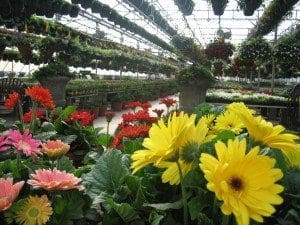

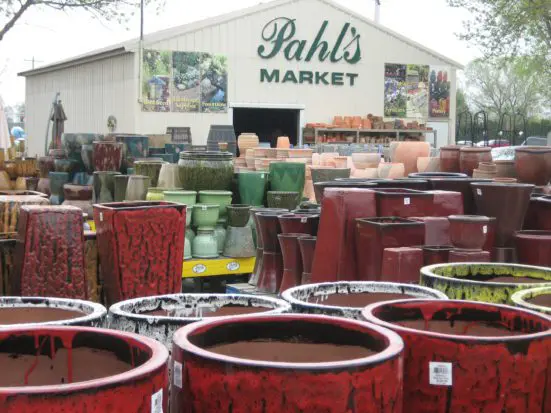
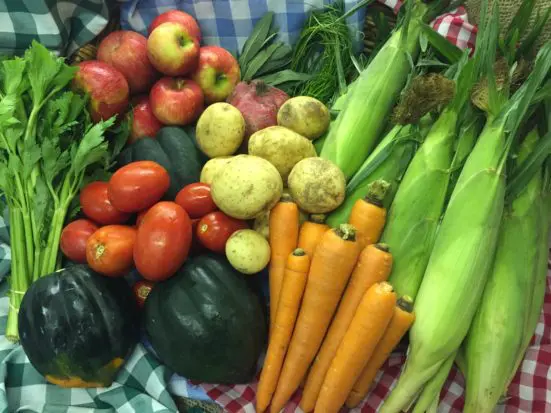

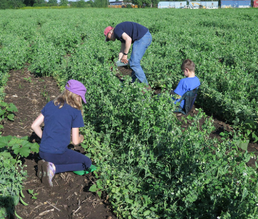
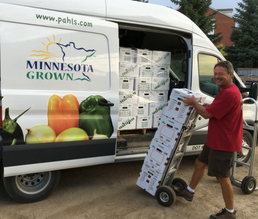
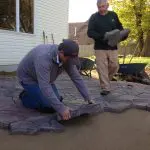

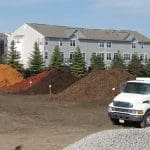

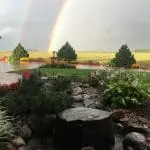




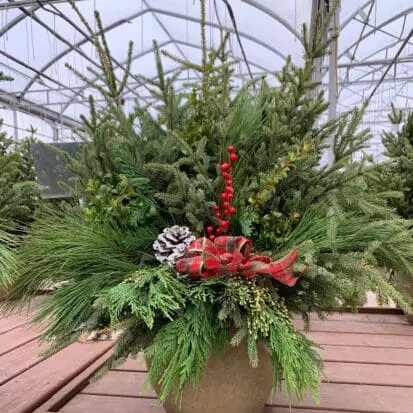

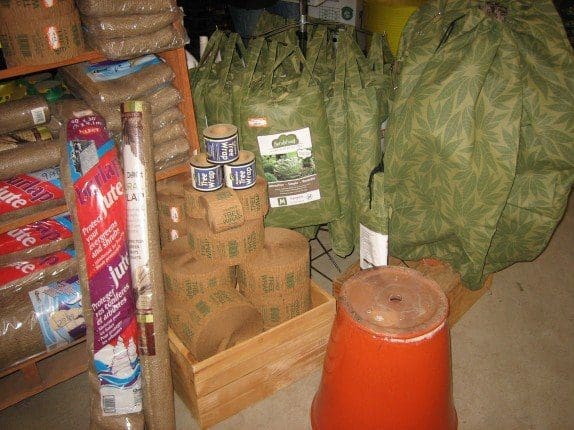
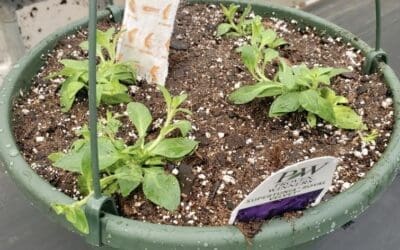
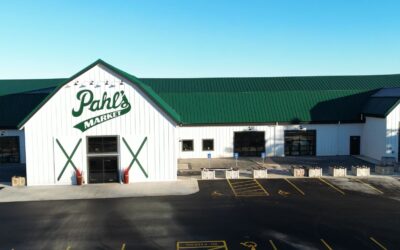

0 Comments